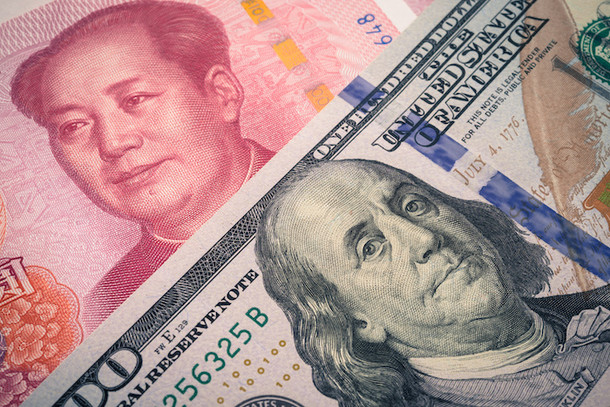On Monday, most Asian currencies declined, but the usd stayed close to a two-month high after markets priced in additional FED interest rate increases this year as a result of higher-than-expected U.S. inflation statistics. In less than three months, the Chinese yuan dropped 0.2% to a low. Amid mounting skepticism on the Chinese economic recovery this year, the yuan largely reversed its early-2023 recovery. Even though the majority of COVID prevention methods have been reduced, infections have increased significantly. The Japanese yen increased by 0.1%, although it was trading close to its lowest level since mid-December against the usd. The new governor of the Bank of Japan's statement that the bank's ultra-loose policy will persist in the upcoming weeks also hurt the yen.
On the other hand, the dollar maintained its strength versus a basket of currencies, with the dollar index and its futures trading close to a two-month high. The Federal Reserve's favored inflation barometer, personal consumption expenditures data, revealed on Friday that U.S. inflation stayed stout through January, providing the institution additional justification to keep hiking interest rates. The result increased the value of the dollar and Monday saw withdrawals from the majority of Asian currencies. After the inflation figure, U.S. Treasury yields often increased as well, putting further stress on regional units. The U.S. dollar's strength is likely to continue, as analysts expect that the Federal Reserve will continue to raise.
Asian currencies have recently suffered due to a rebound in bets on a more hawkish Fed, as higher U.S. interest rates will reduce the spread between risky and low-risk loans. Regional units took a beating in 2022 as a result of this trade, and more pressure is probably coming soon. This week's attention is focused on the Friday due nonfarm payrolls data for the United States. The Fed has more leeway to continue raising rates if the labor market shows any signs of strength.
To conclude increased bets on a more hawkish Federal Reserve have recently had a negative impact on Asian currencies, and additional pressure is likely to soon follow due to higher U.S. interest rates lowering the margin between risky and low-risk loans. With more room to raise rates if the labor market shows any signs of growth, attention is now on the Friday due nonfarm payrolls data for the US. In the end, the U.S. dollar's strength is probably going to last.





